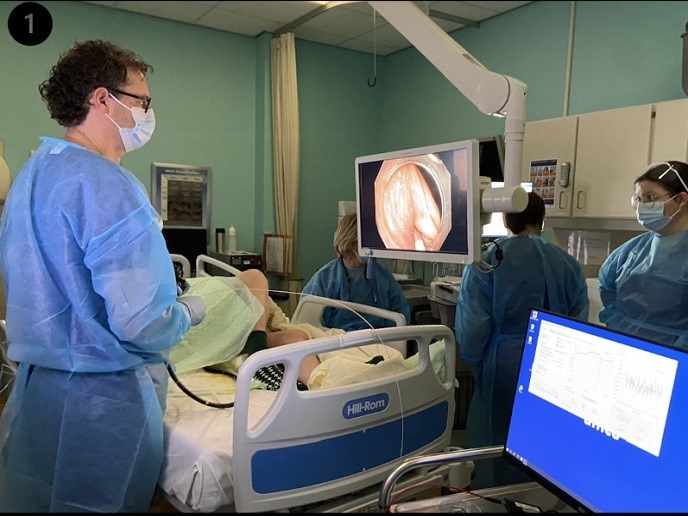Novel markers fight disease in European carp
Ranking freshwater fish in order of importance to the aquaculture industry, the common carp comes in third place. Genetic programmes have so far focused on inbreeding to produce high-performing strains but this carries with it the downside of disease susceptibility. Two diseases, Koi herpesvirus (KHV) and erythrodermatitis pose a threat to carp farming in many countries. Selecting for genetic disease resistance carries with it the danger of creating carrier strains. In response, the EU-funded project Eurocarp aimed to identify candidate genes and quantitative trait loci for disease resistance without the carrier challenge. Eurocarp scientists facilitated the development of Carpbase databases and corresponding microarray chips to measure gene expression. A new high-throughput DNA sequencing system improved annotation of expressed sequence tags (ESTs) to discover gene sequences that were subsequently mapped. Eurocarp succeeded in identifying and characterising many more disease-related genes including those responsible for response to viral and bacterial exposure. High heritabilities were recorded for a harvest weight of 1 kilogram and pond survival. Overall, the data collected suggests that considerable genetic gain can be accomplished through selective breeding. The data sets in the most recent version of Carpbase were modelled to identify new optimised approaches to selective improvement of carp varieties worldwide. ′Genomic resources for carp′ can be viewed at http://www.agf.liv.ac.uk/cb7pathways/(opens in new window) online. From the ′hard copy′ point of view, Eurocarp has prepared a catalogue in English and Russian describing details of the rearing of 72 carp breeds in different nature-climatic zones of Central and Eastern Europe. The Eurocarp project has contributed valuable information to stakeholders in an industry with a high social and economic profile in the EU while not abandoning the global perspective.







